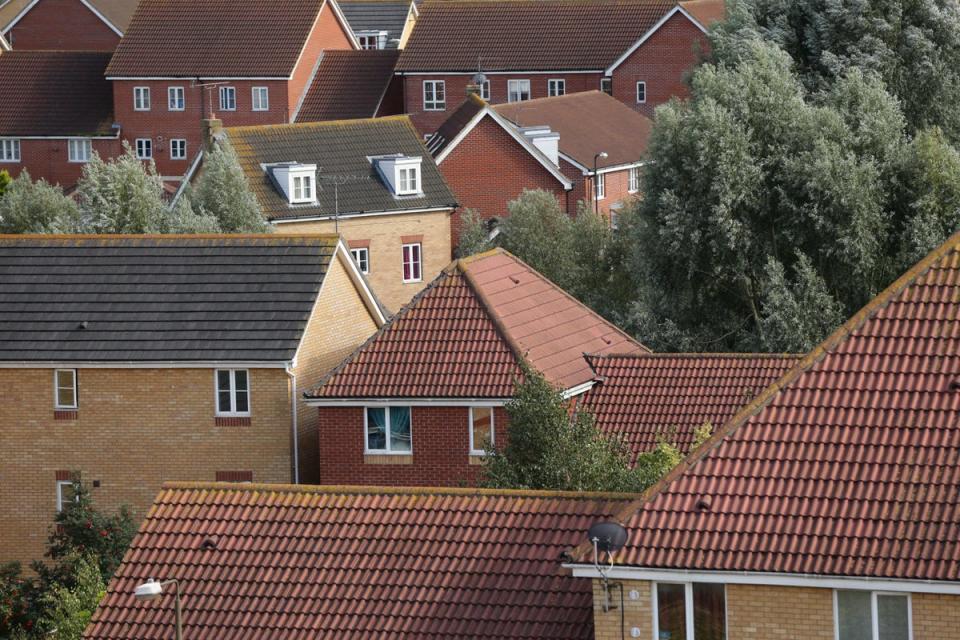‘Soft landing’ for house prices is still possible, Nationwide says

The fall in house prices gathered pace last month but there are still few signs of a full-scale crash being triggered by soaring mortgage rates.
The average cost of a home in the UK dipped 0.2% to £260,828 in July, according to latest figures from leading lender Nationwide.
That increased the annual rate of decline from 3.5% to 3.8%, the fastest rate since July 2009 when the economy was being ravaged by the fallout from the global financial crisis.
But the building society said that a “soft landing” for the property market was still possible despite a surge in the cost of mortgages over recent months.
Average two-year fixed rates are now 6.85% while five year fixes are 6.37%, according to latest Moneyfacts figures. Nationwide’s chief economist Robert Gardner, said: ”As a result, housing affordability remains stretched for those looking to buy a home with a mortgage. For example, a prospective buyer, earning the average wage and looking to buy the typical first-time buyer property with a 20% deposit, would see monthly mortgage payments account for 43% of their take-home pay — assuming a 6% mortgage rate.
“This is up from 32% a year ago and well above the long-run average of 29%. Moreover, deposit requirements continue to present a high hurdle — with a 10% deposit equivalent to 55% of gross annual average income.
He added: “Nevertheless, a relatively soft landing is still achievable, providing broader economic conditions evolve in line with our — and most other forecasters’ — expectations. In particular, unemployment is expected to remain below 5% and the vast majority of existing borrowers should be able to weather the impact of higher borrowing costs.”
John Ennis, CEO of agents Chestertons, said: “In London, the property market remained stable throughout July with buyer registrations reaching the same level as in previous months. While there were fewer first-time-buyers with support from the Bank of Mum and Dad, we witnessed an increase in cash buyers and higher-valued property sales in excess of £1 million.”

 Yahoo Finance
Yahoo Finance 